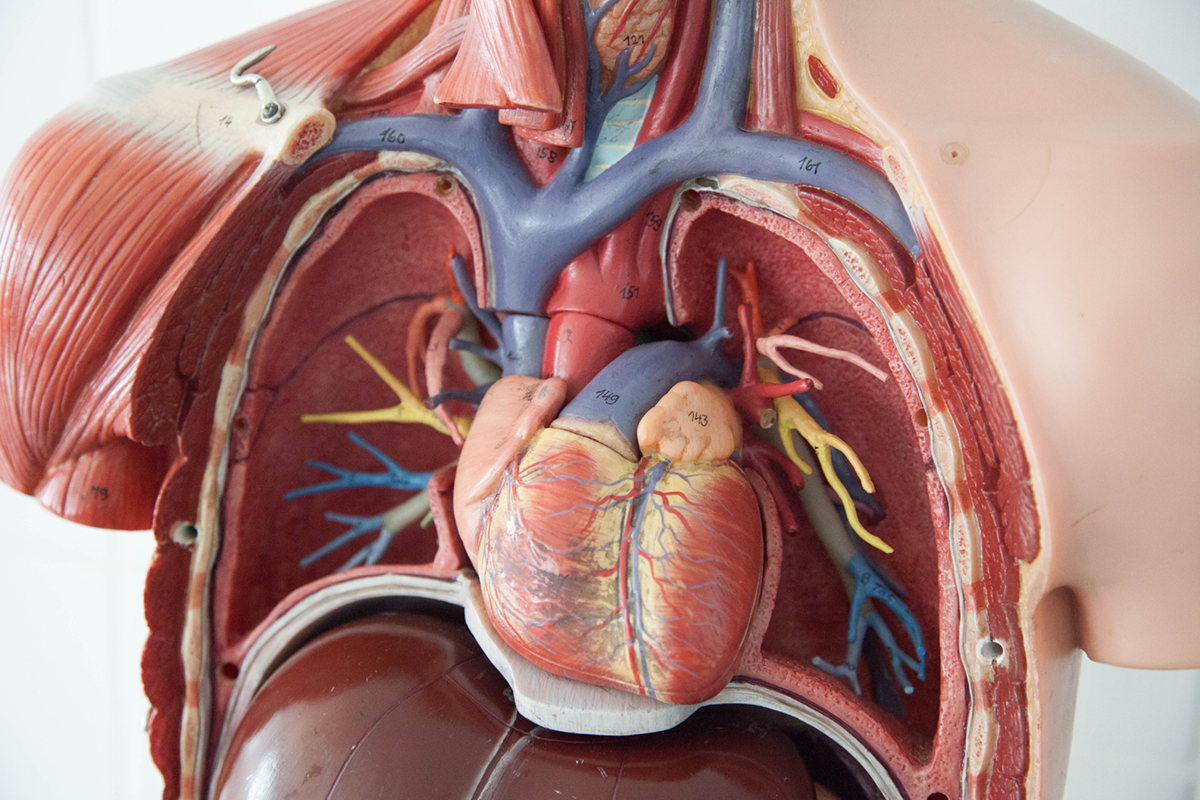
Cardiovascular System
Blood vessels, blood and the heart constitute the bulk of the cardiovascular system, which is part of the circulatory system responsible for the blood circulation and the oxygen and lymph transfer throughout the body. The nervous and digestive systems work closely with the cardiovascular system. The removal of waste and toxins is a function performed by the lymphatic system. The weight of the body consists mostly of blood, approximately 70%, and is made up of platelets, corpuscles and plasma. The heart is responsible for getting the blood to flow throughout the body.The Functions
There are two ventricles and two atriums and one of each is responsible for the pumping of oxygenated blood, while other two are responsible for the pumping of the deoxygenated blood. The oxygenated blood is transferred to the rest of the body, while deoxygenated blood is sent to the lungs and all of this is made possible by the heart. The right side of the heart is responsible for receiving the deoxygenated blood, which is then sent to the lungs, while the left gets the oxygenated blood and sends it along the body. The blood filled with nutrients and oxygen is transferred throughout the body by arteries and they are mostly found near the skin's surface, so they are easy to detect by touch. Also, they have the ability to slow down the blood flow with the muscles located in the arteries' thick wall. The deoxygenated blood needs to be returned to the lungs and this is done by the veins whose walls are thinner than the ones of arteries. Arterioles are smaller blood vessels that are created by the division of the arteries and they further divide into capillaries. They are responsible for the distribution of blood to every body organ. There are hundreds of capillaries on just one arteriole and they form small veins that further form larger veins. Through these veins the deoxygenated blood reaches the right side of the heart, then it is pumped into the lungs through the arteries and there the blood is purified again. This oxygenated blood is then recirculated to the rest of the body. The cardiovascular system transfers the digestive system's nutrients and the blood to the brain and aids the neurological system.



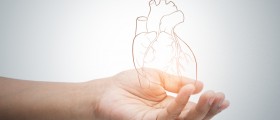

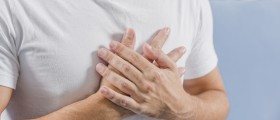


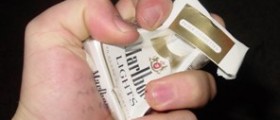
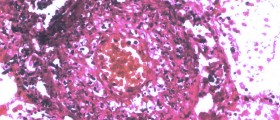
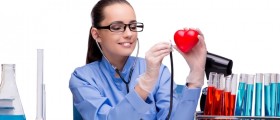



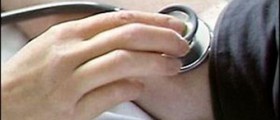

Your thoughts on this
Loading...